weBoost's updated Drive RV and Drive OTR are omnidirectional shaft-mounted cellular antennas that do not require a ground plane. These are based on the original Drive X RV and 4G OTR Trucker. These antennas are intended for use with the weBoost line-up of mobile cellular boosters, such as the Drive Reach.
The antennas themselves are identical in terms of specs, with the two versions offering different cabling, mounting, and accessory options designed for RV and trucker installation.
Although somewhat similar in outward design and appearance to the original "beer can" Drive X RV and 4G OTR Trucker edition antennas, the updated Drive RV and Drive OTR have a sleeker exterior, are more weatherproof, and offer improved specs.
Product Variations
This antenna design comes in two variations. The antennas are identical; it's the height, cabling and mounting hardware that differ.
Drive RV
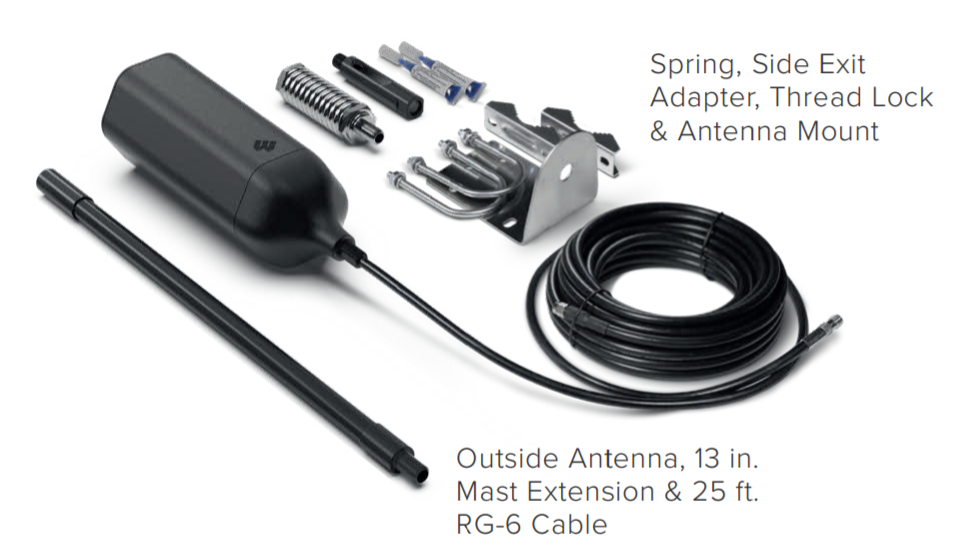
Specifically meant for installation on RVs, this kit allows heights of just 7.5", or you can add on an additional 13" of height with the included extension. It comes with a ladder/pole mount for installation, and offers flexible cabling with a connector at the antenna itself.
Specifications
- Model: Drive RV (311230)
- Form Factor: Mast
- Direction: Omnidirectional
- # of Antenna Elements: Single
- Frequency Range: 698-806 / 806-960 / 1710-1880 / 1850-1990 / 1910-2170 / 2300-2700
- Impedance: 50 ohms
- Cable Type & Length: 30" LMR-195 pigtail attached with 25ft RG-6 extension attached by SMB connector
- Connector: SMB (includes SMB - SMA Male adapter)
- Dimensions (H x L x W): 7.5- 20.5 x 2.7 (diameter) inches (Base antenna is 7.5", 13" optional mast extension included)
- Weight: Varies
- Mounting Options: L-bracket ladder/pole mount included
- Outdoor Rated: Yes, IP66 and MIL-STD-810
- Frequency Range / Gain:
- 698-806 - 2.4 dBi Peak / 1.4 dBi Typical at 2 degrees elevation
- 806-960 - 2.6 dBi Peak / 2.4 dBi Typical at 2 degrees elevation
- 1710-1880 - 3.8 dBi Peak / 3.1 dBi Typical at 2 degrees elevation
- 1850-1990 - 3.8 dBi Peak / 2.7 dBi Typical at 2 degrees elevation
- 1910-2170 - 3.7 dBi Peak / 3.4 dBi Typical at 2 degrees elevation
- 2300-2700 - 4.3 dBi Peak / 2.6 dBi Typical at 2 degrees elevation
- Special Features / Notes: Not Specified
- Retail Price: $119.99
Drive OTR
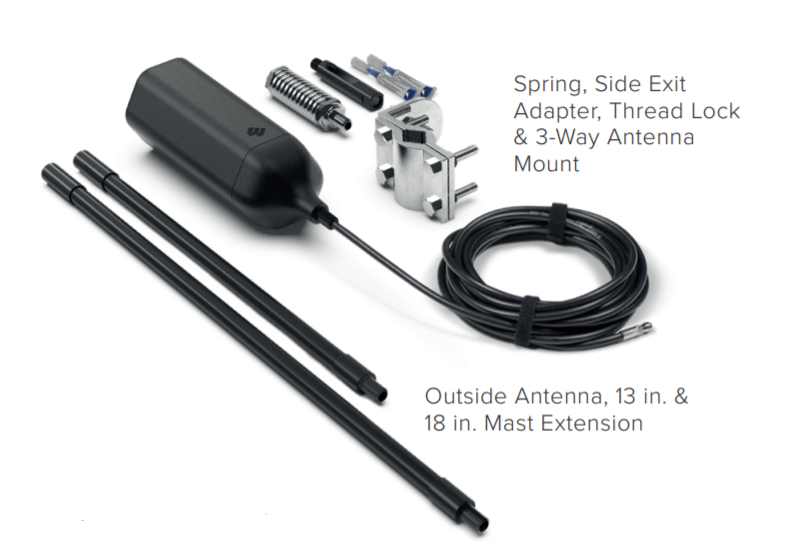
The OTR stands for 'Over the Road' and this form factor is intended for mounting to the side mirror of a semi-truck. It also might be more ideal than the RV version for marina installations for mounting to railings and getting additional height.
Specifications
- Model: Drive OTR (311229)
- Form Factor: Mast
- Direction: Omnidirectional
- # of Antenna Elements: Single
- Frequency Range: 698-806 / 806-960 / 1710-1880 / 1850-1990 / 1910-2170 / 2300-2700
- Impedance: 50 ohms
- Cable Type & Length: 15.5ft LMR-195
- Connector: SMB (includes SMB - SMA Male adapter)
- Dimensions (H x L x W): 7.5 - 40 x 2.7 (diameter) inches (Base antenna is 7.5", 13" and 18" optional mast extensions included)
- Weight: Varies
- Mounting Options: 3-Way mount included
- Outdoor Rated: Yes, IP66 and MIL-STD-810
- Frequency Range / Gain:
- 698-806 - 2.4 dBi Peak / 1.4 dBi Typical at 2 degrees elevation
- 806-960 - 2.6 dBi Peak / 2.4 dBi Typical at 2 degrees elevation
- 1710-1880 - 3.8 dBi Peak / 3.1 dBi Typical at 2 degrees elevation
- 1850-1990 - 3.8 dBi Peak / 2.7 dBi Typical at 2 degrees elevation
- 1910-2170 - 3.7 dBi Peak / 3.4 dBi Typical at 2 degrees elevation
- 2300-2700 - 4.3 dBi Peak / 2.6 dBi Typical at 2 degrees elevation
- Special Features / Notes: Not Specified
- Retail Price: $119.99
Drive Overland
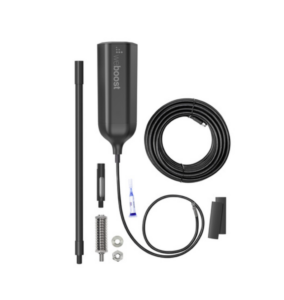
Specifically meant for installation on off-road vehicles and overlanders, this antenna is very durable. The improved low-loss antenna cable (shortened to 14') will maximize performance on the road or at camp.
Specifications
- Model: Drive Overland (311248)
- Form Factor: Mast
- Direction: Omnidirectional
- # of Antenna Elements: Single
- Frequency Range: 698-806 / 806-960 / 1710-1880 / 1850-1990 / 1910-2170 / 2300-2700
- Impedance: 50 ohms
- Cable Type & Length: 14 ft LMR-195
- Connector: SMA Female and SMA Male
- Dimensions (H x L x W): 7.5 - 20.5 x 2.7 (diameter) inches (Base antenna is 7.5", 13" optional mast extension included)
- Weight: Varies
- Mounting Options: Foldable 3-Way mount included
- Outdoor Rated: Yes, NEMA IP66 and MIL-STD-810H
- Frequency Range / Gain:
- 698-806 - 2.4 dBi Peak / 1.4 dBi Typical at 2 degrees elevation
- 806-960 - 2.6 dBi Peak / 2.4 dBi Typical at 2 degrees elevation
- 1710-1880 - 3.8 dBi Peak / 3.1 dBi Typical at 2 degrees elevation
- 1850-1990 - 3.8 dBi Peak / 2.7 dBi Typical at 2 degrees elevation
- 1910-2170 - 3.7 dBi Peak / 3.4 dBi Typical at 2 degrees elevation
- 2300-2700 - 4.3 dBi Peak / 2.6 dBi Typical at 2 degrees elevation
- Special Features / Notes: Not Specified
- Retail Price: $119.99
News, Videos & Status
weBoost has sent us the Drive RV version of this antenna as part of their new Drive Reach RV kit. We are doing some quick comparisons to the original Drive X RV antenna. MIAs can follow along with our testing notes here:
- Andy's Test Lab (Spring 2021)
- Testing In Progress Forum: weBoost Drive Reach RV Kit (Cellular Boosters)
News Updates:
Alternatives to Consider
For other popular cellular antennas on the market we are tracking - here are our featured options:
This Review Contains Additional Member Exclusive Content!
We are Honored to be Member Funded! No ads, no sponsors, no selling (but may contain affiliate links)
Our members fund our in-depth independent reviews.
This entry may contain additional member exclusive content such as testing notes, field testing data, user interface tours, comparisons to alternatives, analysis, tips, videos and discounts.
Members also get interactive guidance, alerts, classroom and more.
Other Ways to Support Our Work At MIRC
Member Exclusive Content Below
- Thoughts & Analysis - Favorite Features and Potential Downsides
- Deep Dive
- Hardware Notes with Mounting Options and Installation Tips
- Testing Notes
- Configuration and Comparison
- Summary
- Summary and Recommendations
Purchasing Options
Purchasing Links & Disclaimer
We don't sell stuff, we are primarily member funded. Some links below may be affiliate links (see our disclaimer), which also helps fund MIRC.
The vendors displayed below provide larger discounts to our MIAs that we have negotiated instead of displaying affiliate links while they are logged in.
MIA Discounts - Learn & Save!
Our Mobile Internet Aficionados (MIA) get special discounts from the below vendors. Members please check for discount codes before ordering. With savings up to 11% off, you could save more than your membership cost!
Save 5% at weBoost.com!
While this site is not reliant on affiliate funding, our weBoost links are affiliate links (only way they'd offer us a discount code). All affiliate incomes goes towards funding this site and other great causes.
Buy Direct from weBoost (affiliate links):
Amazon (affiliate links): Drive RV
Cellular antennas can be a vital part of your signal enhancing strategy to get a better signal, and thus better cellular data performance. They come in many shapes, sizes and varieties.
They can be used directly connected to your mobile hotspots or cellular embedded routers, or they might connect to your cellular booster. They come in omni-directional vs directional, single vs MIMO, and might support different frequency bands. They come in combination antennas with Wi-Fi and GPS.
But most importantly, is your installation options on your RV or boat.
So before choosing an antenna, be sure to understand all of these variables - and keep in mind that there likely isn't a single 'one size fits all' solution here. You may need to make compromises, or even have speciality antennas for challenging signal areas.
We recommend starting with our Guide to Selecting Antennas, and then moving on to our other guides addressing related topics:

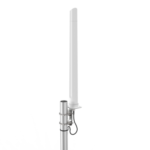



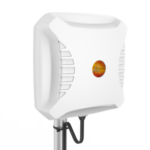
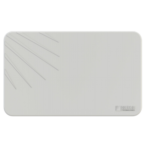
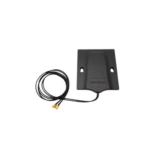
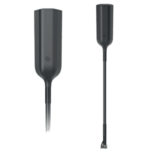
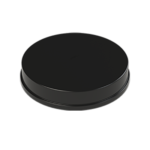
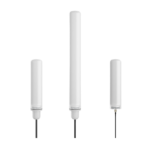
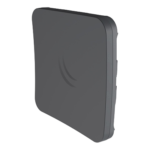
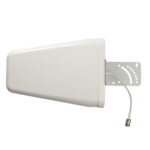



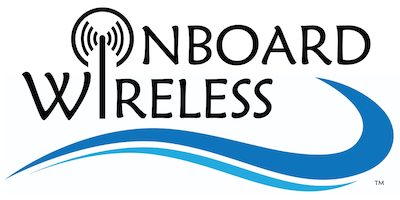






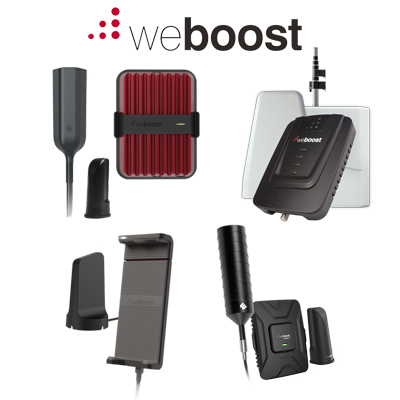
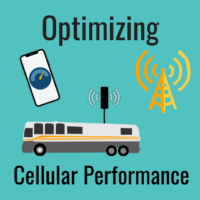
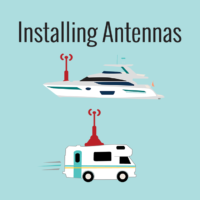
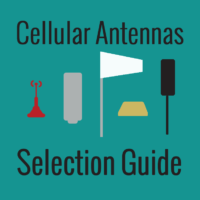
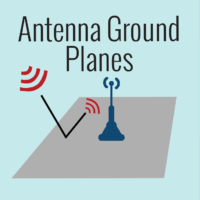
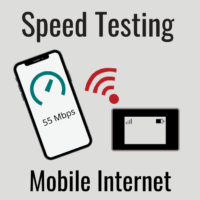
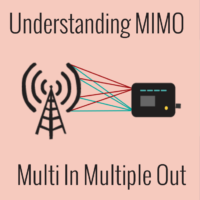
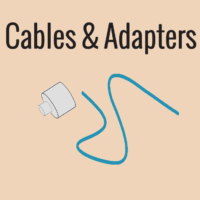





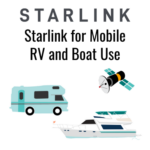
 Mobile Internet Resource Center (dba Two Steps Beyond LLC) is founded by Chris & Cherie of
Mobile Internet Resource Center (dba Two Steps Beyond LLC) is founded by Chris & Cherie of